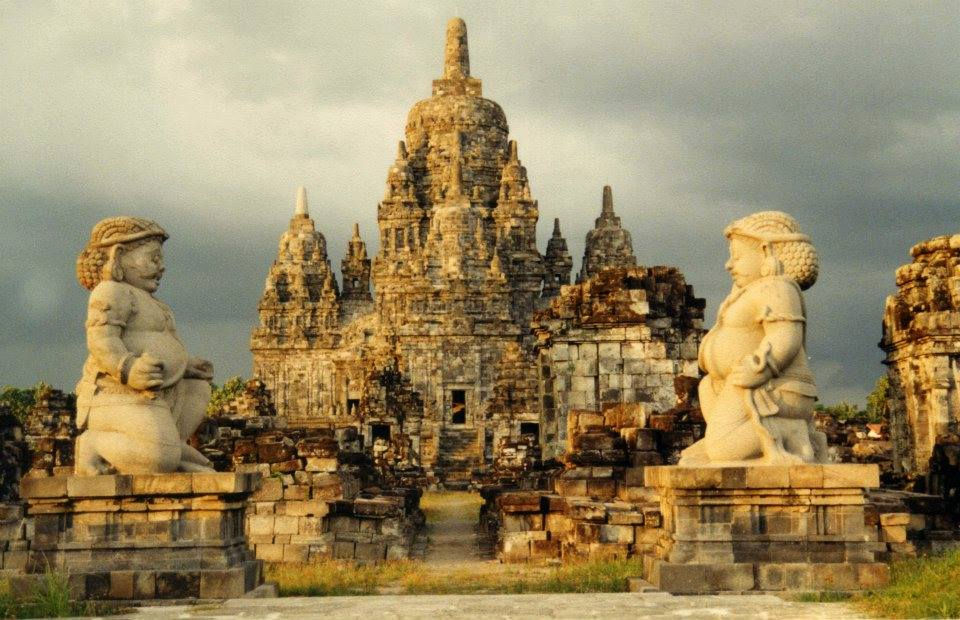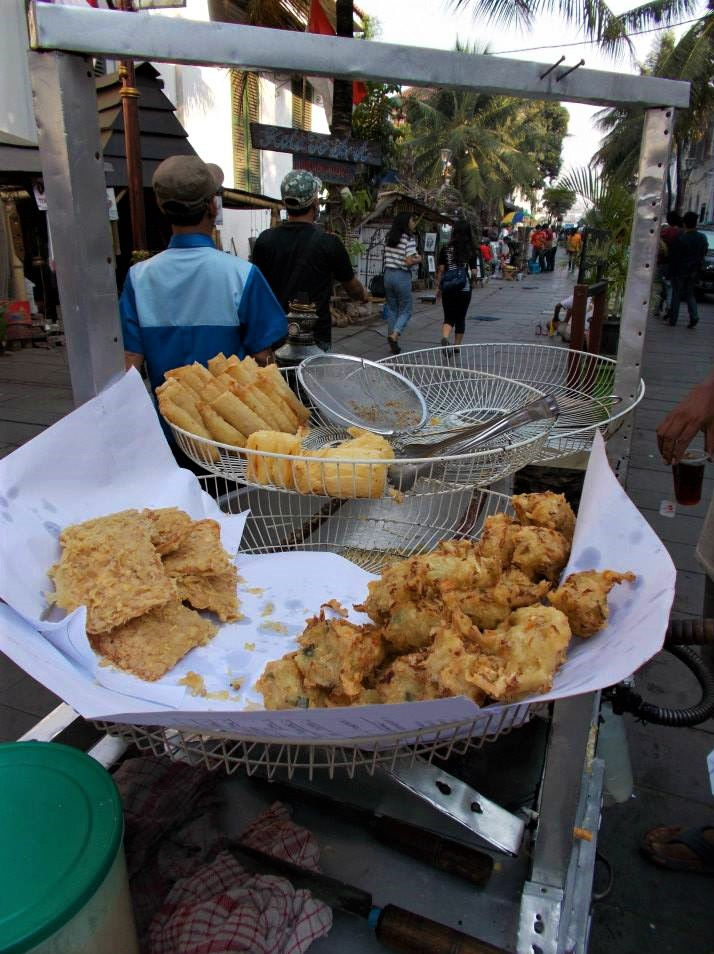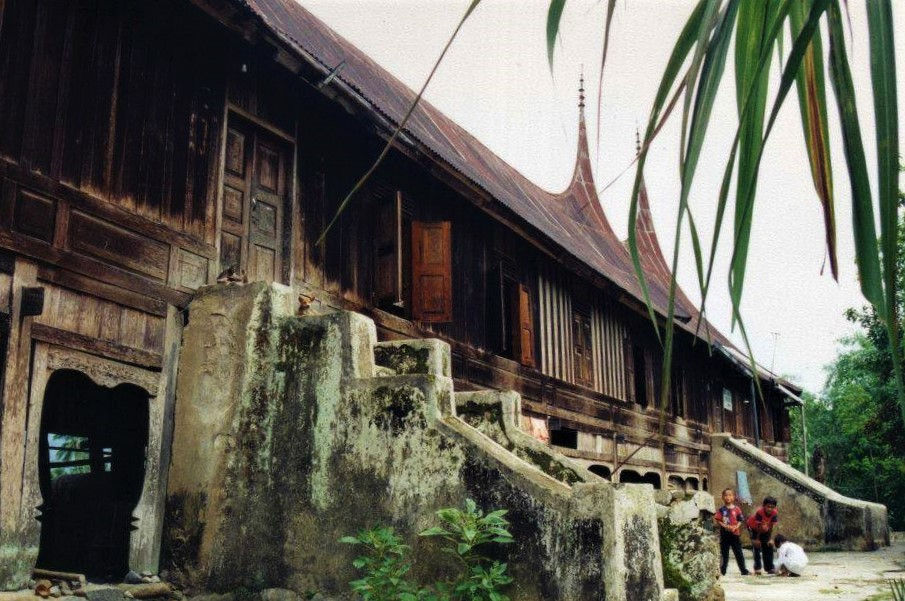Central Java: Candi Sewu
- Matthew P G

- May 15, 2022
- 2 min read
Updated: Mar 17, 2023

Candi Sewu, Central Java, Indonesia. April 2016
The Prambanan Plain under the ever-erupting Mt Merapi in Java is strewn with temples. The most famous of them is "Candi Lorong" and beside it is built an amphitheatre where the Ramayana and Mahabharata are performed as Indonesian-style ballets for tourists (by Muslim dancers - I love Indonesia).
Early on in my stay in Indonesia and on one of my many visits to Yogyakarta, I discovered that behind the famous Hindu temples of Prambanan stand even older Buddhist ruins known as "Candi Sewu" (lit. "thousand temples"). Candi Sewu is the oldest of the major temple complexes in Java - older than Borobudur and older than nearby Candi Lorong. Although tumbled down and covered in layers of volcanic ash for over a thousand years, the place was still known to the locals. When the Dutch started to explore the interior of Java, Candi Sewu was "rediscovered". Its very complete condition (compared to other such ruins worldwide) stems from the locals believing for centuries that the place was haunted by demons and ghosts. Hence, they were afraid to walk around the site and reuse the building materials. It was not until closer to the modern age that Candi Sewu started to be plundered (most unfortunately) for both artwork and building material.
Most tourists go to Candi Lorong (which is quite beautiful) and perhaps see one of the epic Hindu tales in traditional dance nearby. People either do not have time or do not know that just a short walk north of the famous Prambanan Temple Complex lies an equally beautiful temple structure. On the short walk there, several other minor temples are passed by. All still await excavation and discovery. Visitors arrive at Candi Sewu and find few other visitors because no one bothers to go. It is one of the largest temple complexes in Indonesia, too. In the late 1980s and early 1990s a lot of it was reconstructed. Even though there was a strong earthquake in 2006 that proved a setback, overall the place still looks good and begs for more reconstruction.
...the original name of the temple complex was probably "Manjusri grha" (The House of Manjusri). Manjusri is a Bodhisattva from Mahayana Buddhist teachings that symbolizes the "gentle glory" of transcendent wisdom. Sewu Temple was built by the end of eighth century at the end of Rakai Panangkaran's reign and was completed during the reign of his successor, King Indra. Rakai Panangkaran (746–780 CE) was well known as a devoted Mahayana Buddhist king who ruled the Medang Mataram Kingdom.
The Manjusrigrha temple was the largest Buddhist temple in the Prambanan Plain region, predating the nearby Prambanan Shivaist temple by over 70 years and Borobudur by about 37 years. Located in the heart of Mataram, the temple served as the royal Buddhist temple of the kingdom.
(Wikipedia)
Candi Sewu was one of my favorite temples in Indonesia mainly because it was so large, so unknown, so empty, and yet so very close to a site that was mobbed with tourists. Anyone who visited me in Indonesia had to take the short walk to Candi Sewu after seeing Candi Lorong. No one was ever disappointed - who could be? When does anyone have an entire ancient temple complex to themselves?



Comments